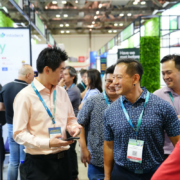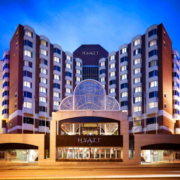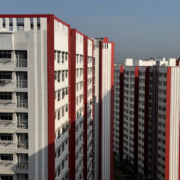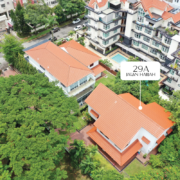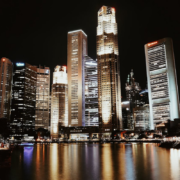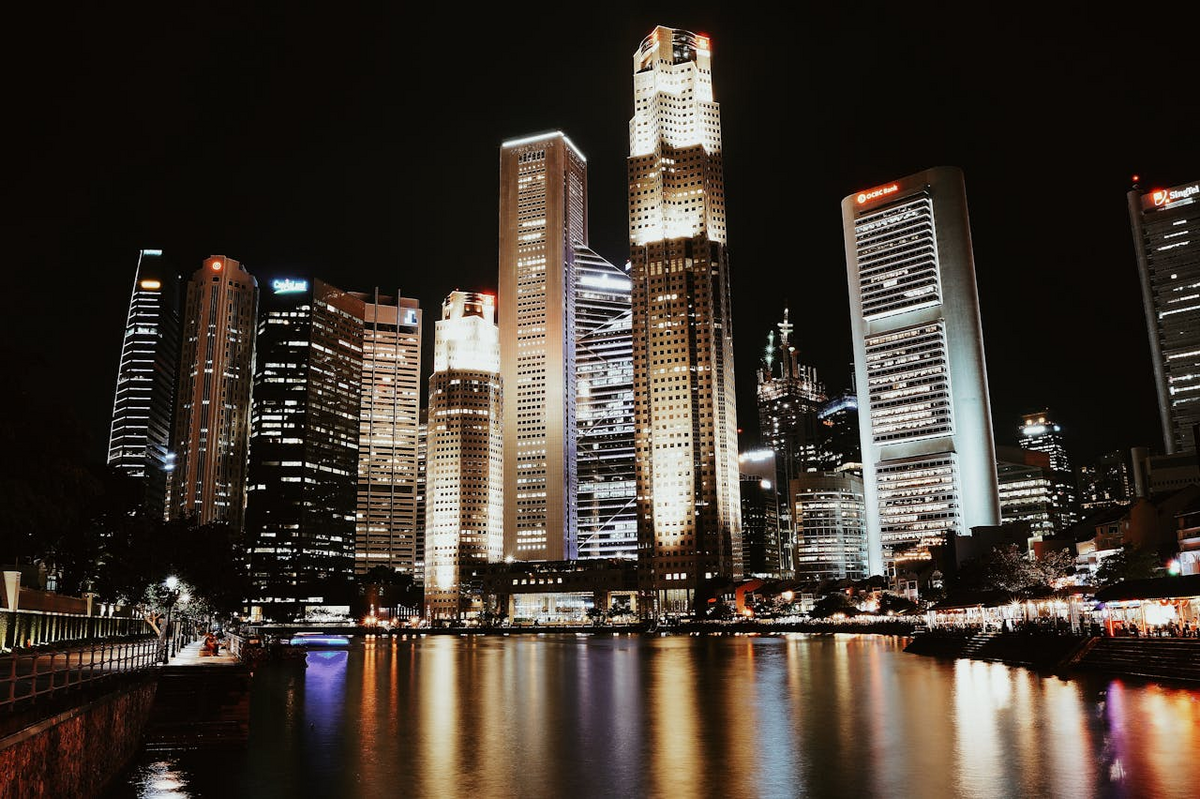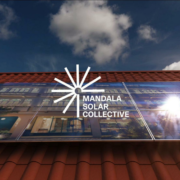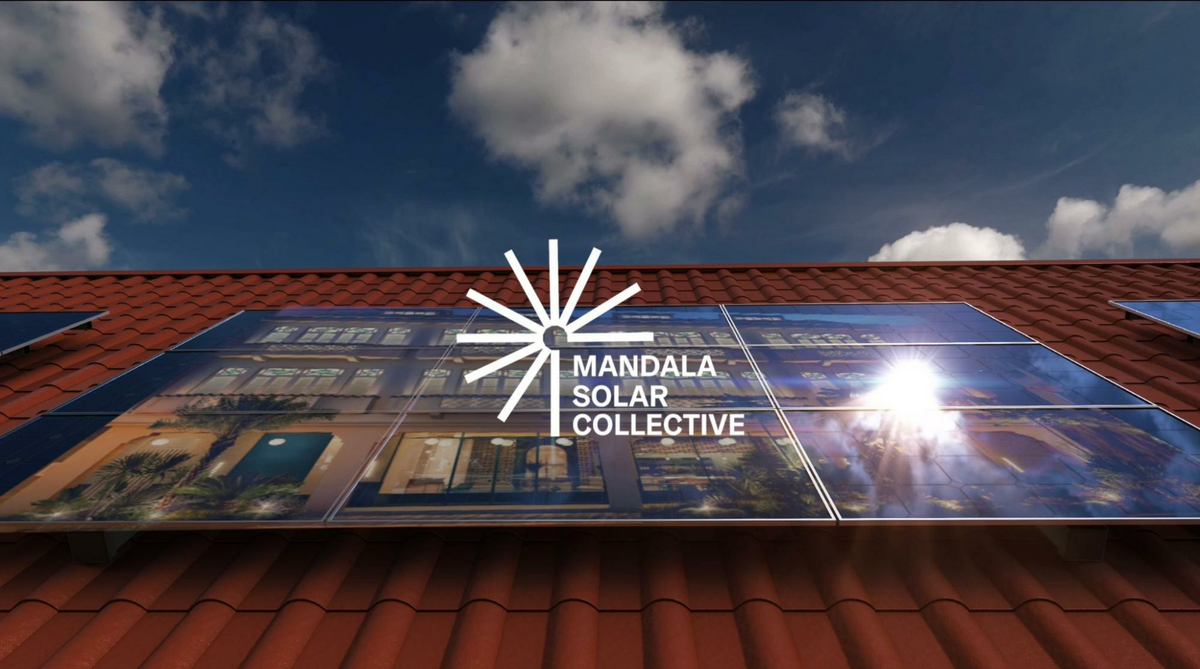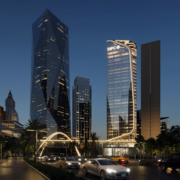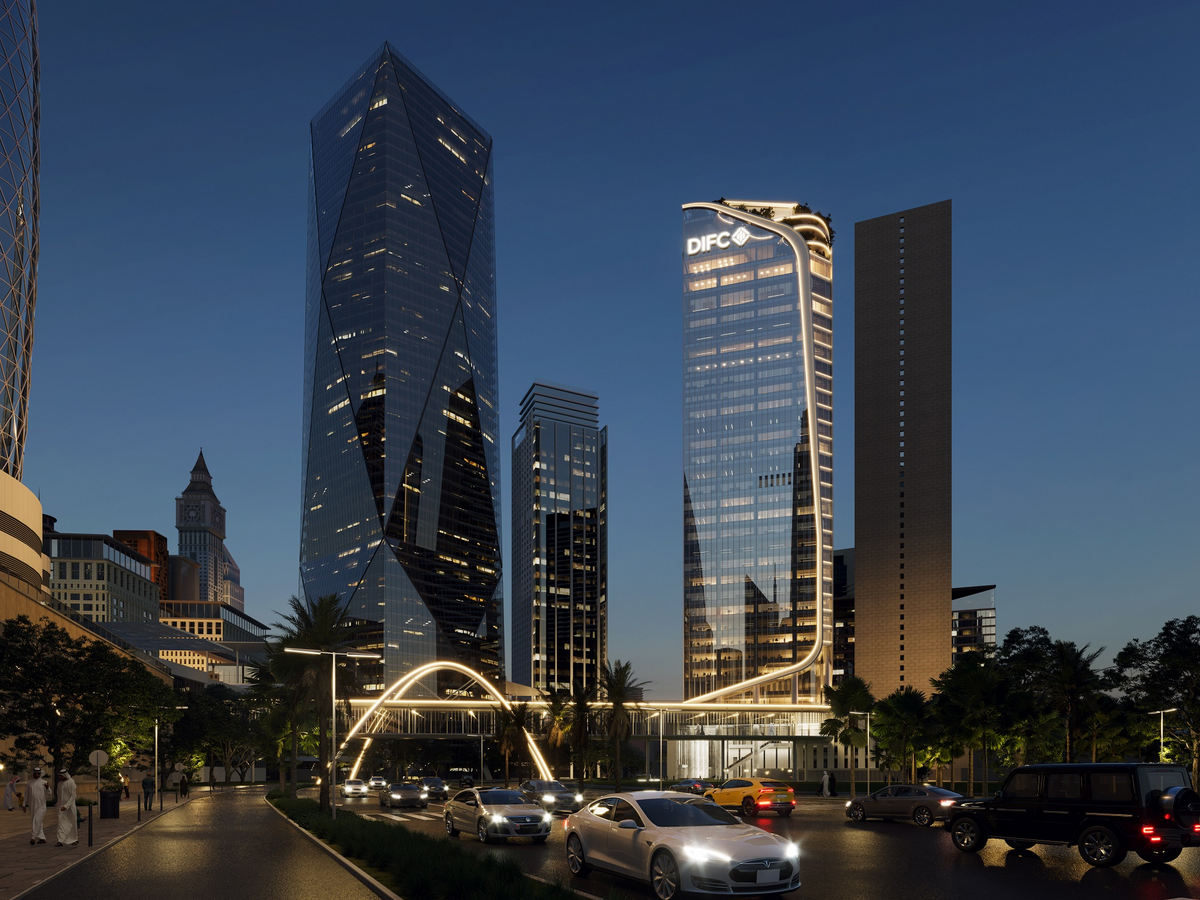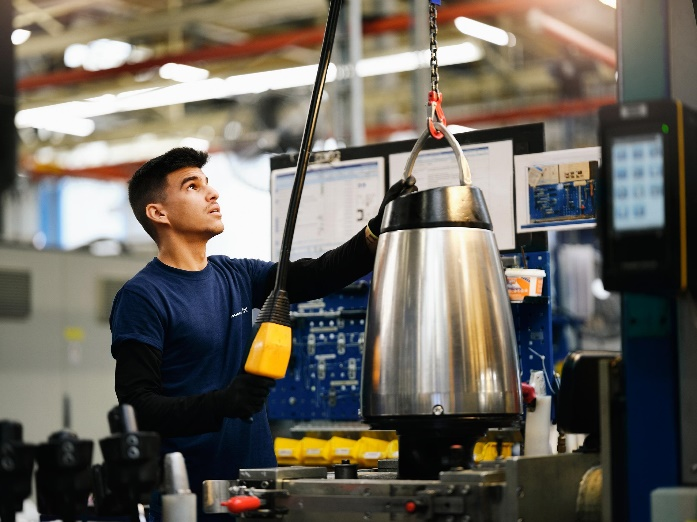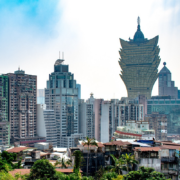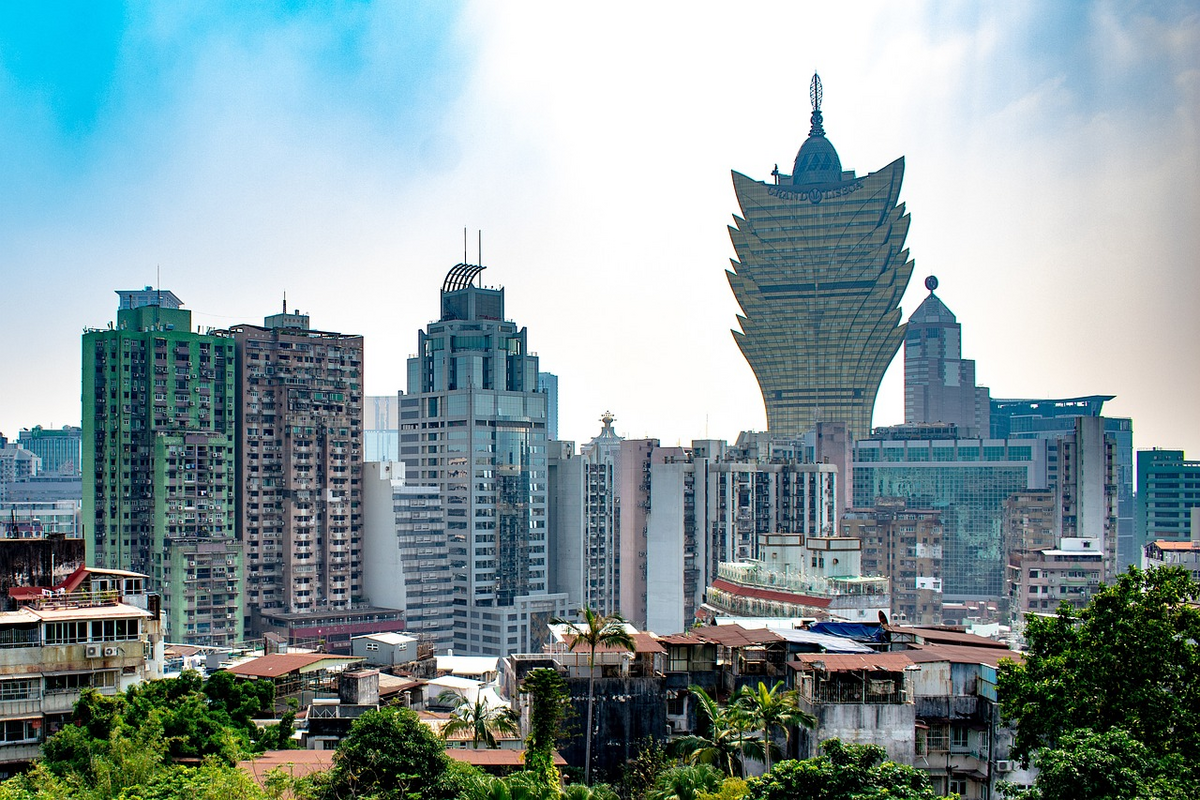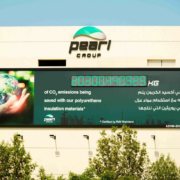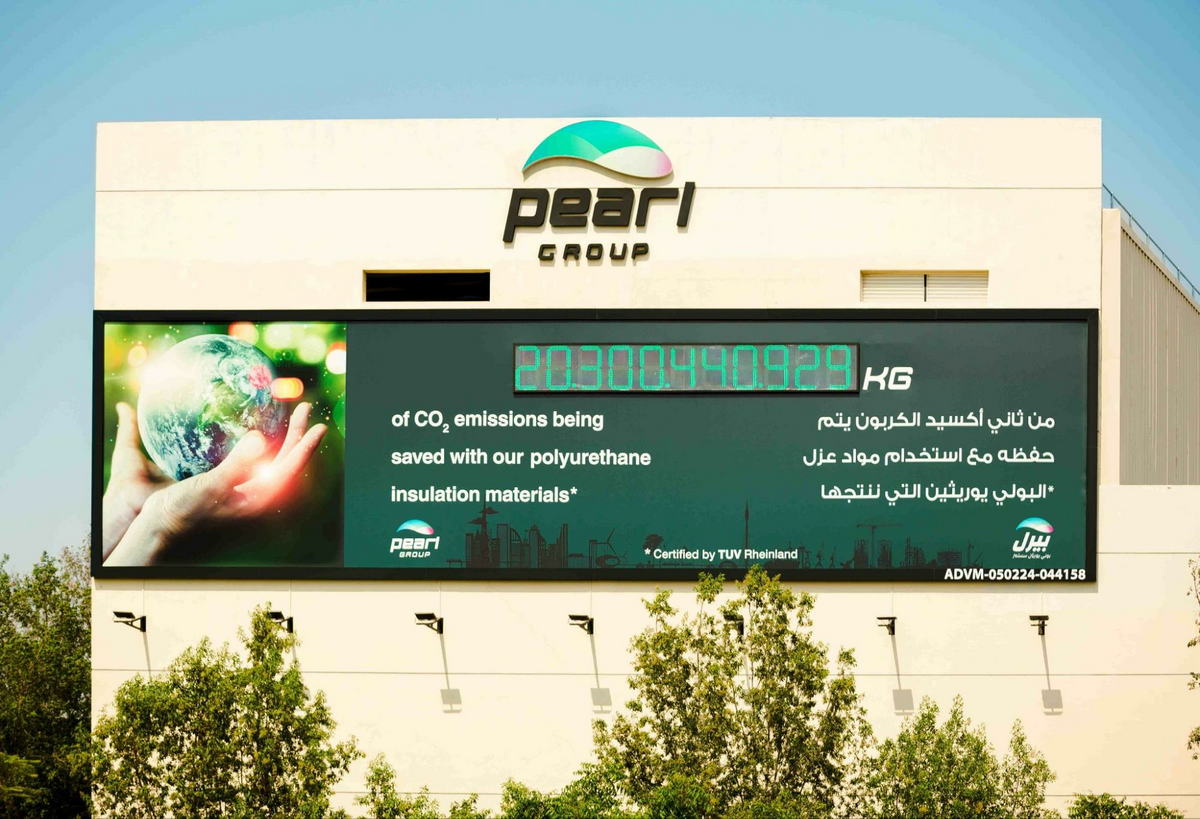Powering Innovation and Partnership in Asia’s Built Environment at BEX Asia 2024

The Built Environment Expo Asia (BEX) 2024 is gearing up for a landmark return from 4 to 6 September 2024 at the Sands Expo and Convention Centre, Marina Bay Sands in Singapore. As the leading Built Environment Expo, it promises to be a dynamic hub that brings together industry professionals, thought leaders and innovative companies shaping the future of Asia’s built environment.
BEX Asia 2024 caters to the specific needs of the region’s markets, while also boasting a strong international presence. The event features dedicated pavilions like Ontario, Canada; China, and Singapore, alongside exhibitors from countries/regions including Japan, Korea, Denmark, Australia, France, Canada, Malaysia and Oman.
“BEX Asia 2024 is a timely and crucial platform for industry professionals in the region. This year’s exhibition positions itself as the leading market intelligence platform for the built environment industry that presents the transformative trends that are reshaping the region. We look forward to witnessing advancements in robotics and prefabrication technologies, alongside the continued evolution of digital design solutions,” said Yeow Hui Leng, Group Director, RX Singapore. “BEX Asia will also foster a dynamic environment where participants can forge strategic partnerships and network with the vibrant startup community — ensuring they are positioned at the forefront of building a more sustainable and resilient future for our cities.”

A Hub of Innovation
BEX Asia 2024 serves as a central platform within IBEW for industry professionals from across the region to discover a wealth of cutting-edge and market-ready solutions for all aspects of the built environment ecosystem. This year’s event will feature:
New Innovations in Action: Uncover the cutting-edge solutions that are shaping the future of the built environment. Companies such as ebm-papst, for instance, are showcasing an IoT-based solution to regulate indoor air quality and energy efficiency in real-time based on occupancy, outdoor conditions and other factors. Camfil will be highlighting the importance of proper restaurant ventilation, emphasising its benefits for health, business, and air quality management. Yitac will be launching a state-of-the-art system for ensuring optimal performance, heightened energy savings, and sustainability in air conditioning. Additionally, PestBusters will be showcasing their scientifically proven solution for eradicating termite colonies.
Experience the Future of Building with Industry Leaders: Immerse yourself in a diverse array of groundbreaking solutions from leading companies through onsite product demonstrations and successful project implementations. This includes the latest advancements that have set a new benchmark for innovative sustainability solutions, zero-emission construction equipment, fully integrated facility services, and a variety of other fields integral to the built environment sector. Explore the exhibition floor through curated delegation tours led by experts or at your own pace.
Startup Pavilions: Discover innovative construction workflow solutions from startups like Millipede. Additionally, explore the latest advancements from rising stars in robotics and automation, smart construction solutions, and green energy, as well as machine learning-based predictive analytics platforms that are supported by HKSTP, ConTech Exchange, and IES INCA.
“The built environment is evolving rapidly, demanding smarter and more efficient solutions. Digitalisation and modern technologies such as AI emerge as powerful catalysts for change, pushing the boundaries of what’s possible in both environmental responsibility and operational effectiveness. Daikin is passionate about leveraging these advancements by developing cutting-edge solutions for our industry partners. Events like BEX Asia 2024 provide a valuable platform to showcase these advancements and collaborate with industry leaders. We’re excited to share our vision for the future of intelligent and sustainable climate control solutions, which includes iPlant Manager and the new MARUTTO — an integrated platform that gives unprecedented control over HVAC systems, no matter where they’re at,” said Swen Tan, Senior Manager, Sustainability Lead, Daikin.

Other Key Highlights
Knowledge-sharing Opportunities: Gain insights from thought leaders and experts through informative masterclasses on the latest trends and technologies, such as “Revolutionising Building Management with Abound: The Future of Smart Solutions”, presented by Carrier and “AI in Construction: What’s Possible?” delivered by Bimage Consulting.
SGBC Seminar: Explore firsthand the innovative advancements and practical solutions shaping sustainable building practices. Attendees will also earn Continuing Professional Development (CPD) points while learning from industry experts at the Singapore Green Building Council’s dedicated seminar programme.
Registration for BEX Asia 2024, a cornerstone of the prestigious International Built Environment Week (IBEW) 2024, is now open. Visit www.bex-asia.com for more information and to register.

